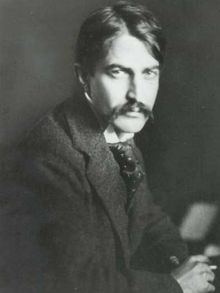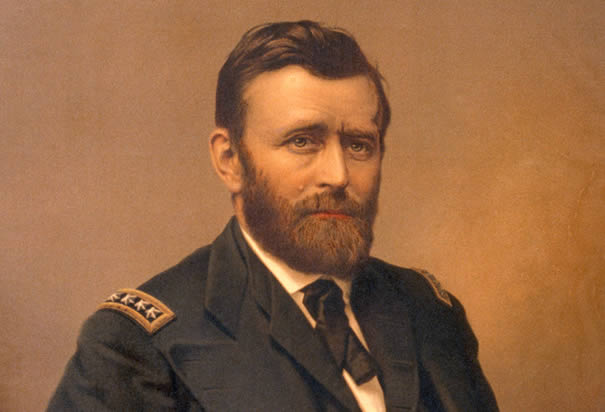...or to a clinical psychologist. This recent New Yorker cartoon makes a strong point about the potentially infantilizing effects of being medicated. But by suggesting that the goal of combined treatment (psychotherapy + medication) is being "happy," the cartoon is discordant with Freud's contention that the purpose of psychoanalysis is to transform uncommon misery into "common unhappiness." If the patient is "happy," why are they still in treatment? I like to think that a psychoanalyst would be more likely to see the patient's "happiness" as a medication effect (e.g., feeling more energized) and would thus want to titrate her off her meds and then get down to her core issues.
The cartoon made me wonder how many psychoanalysts also prescribe medication to their patients. It turns out that up to 90% of psychoanalysts also prescribe medication and that medication is used in about 30% of supervised training cases. From Gabbard (2005):
"The patient must be viewed simultaneously as a disturbed person and as a diseased central nervous system. The former view requires an empathic, subjective approach, whereas the latter demands an objective, medical model approach. The clinician must be able to shift between these two modes gracefully while remaining attuned to the impact of the shift on the patient" (p. 151).Gabbard notes that patients sometimes feel like their doctors are "giving up on them" when they recommend medication. He also notes that clinicians and patients often disagree about the relative contributions of psychotherapy and medication. In my experience, patients are often too eager to attribute positive treatment gains to pharmacological effects. The psychological effects of medication are especially clear when patients report significant improvement within a day or two after starting SSRIs, or after taking homeopathic doses of their prescribed medications, or when they say that they "only take my Wellbutrin when I'm having a bad day."
Some quibbles: The doctor's chair is too far forward; his shoes are in the patient's peripheral vision and he should be completely out of view. (That way she will feel more free to say whatever comes to mind -- free associate -- without concern over his reactions.) There shouldn't be a painting in the patient's line of sight, either, because it will influence the free association. I do like how the facial tissues are just out of reach -- this isn't supportive therapy, bucko. And nice touch with the antimacassar.
From the excellent website of the American Psychoanalytic Association:
In psychoanalysis, the patient typically comes four times a week [!], lies on a couch, and attempts to communicate as openly and freely as possible, saying whatever comes to mind. These conditions create the analytic setting, which enables you to become more aware of aspects of your internal experience previously hidden. As you speak, hints of the roots of current difficulties that have been out of your awareness gradually begin to appear – in certain repetitive patterns of behavior, thought and emotion, in the subjects which you find hard to talk about, in the ways you relate to the analyst. The analyst helps to identify these patterns, and together you and the analyst refine your understanding of the patterns that limit you or cause you pain, and help you elaborate new and more productive ways of feeling, thinking and behaving. During the years [!] that an analysis takes place, you wrestle with these insights, going over them again and again with the analyst and experiencing them in your daily life, fantasies, and dreams. You and the analyst join in efforts not only to modify crippling life patterns and remove incapacitating symptoms, but also to expand your freedom to enjoy intimate relationships and professional and personal pursuits. Gradually, you will change in deep and meaningful ways; you may notice changes in your behavior, relationships and sense of self.






















